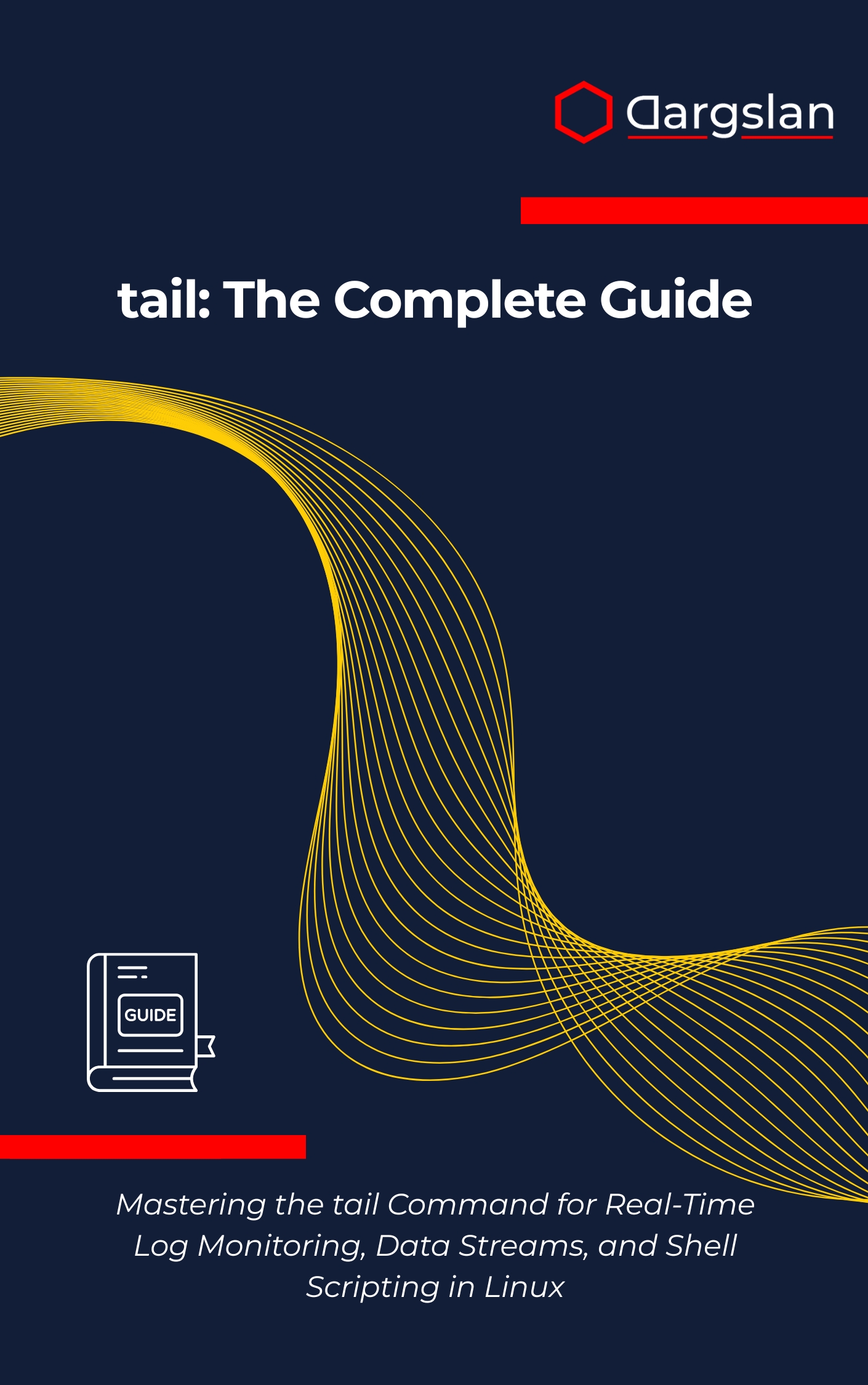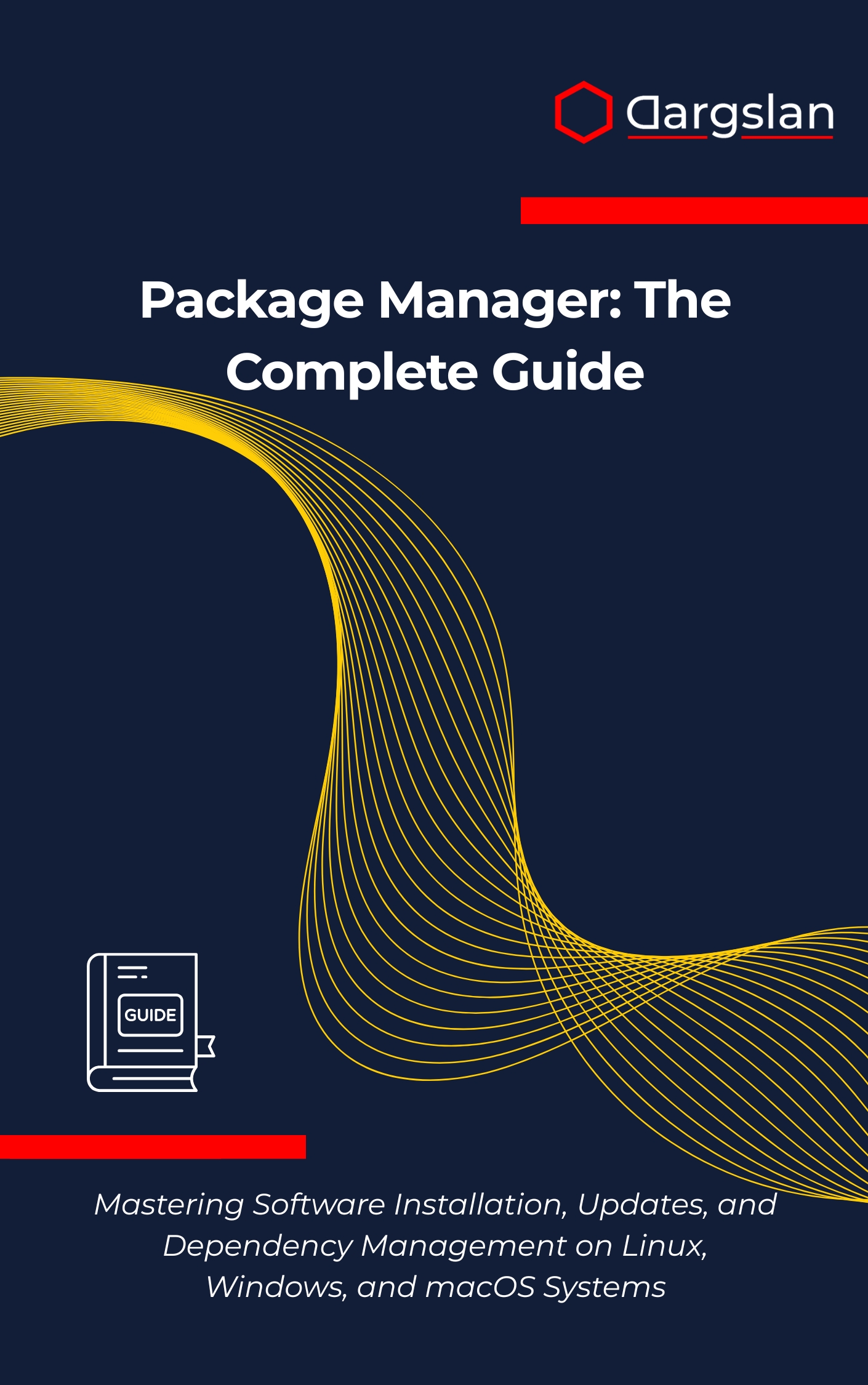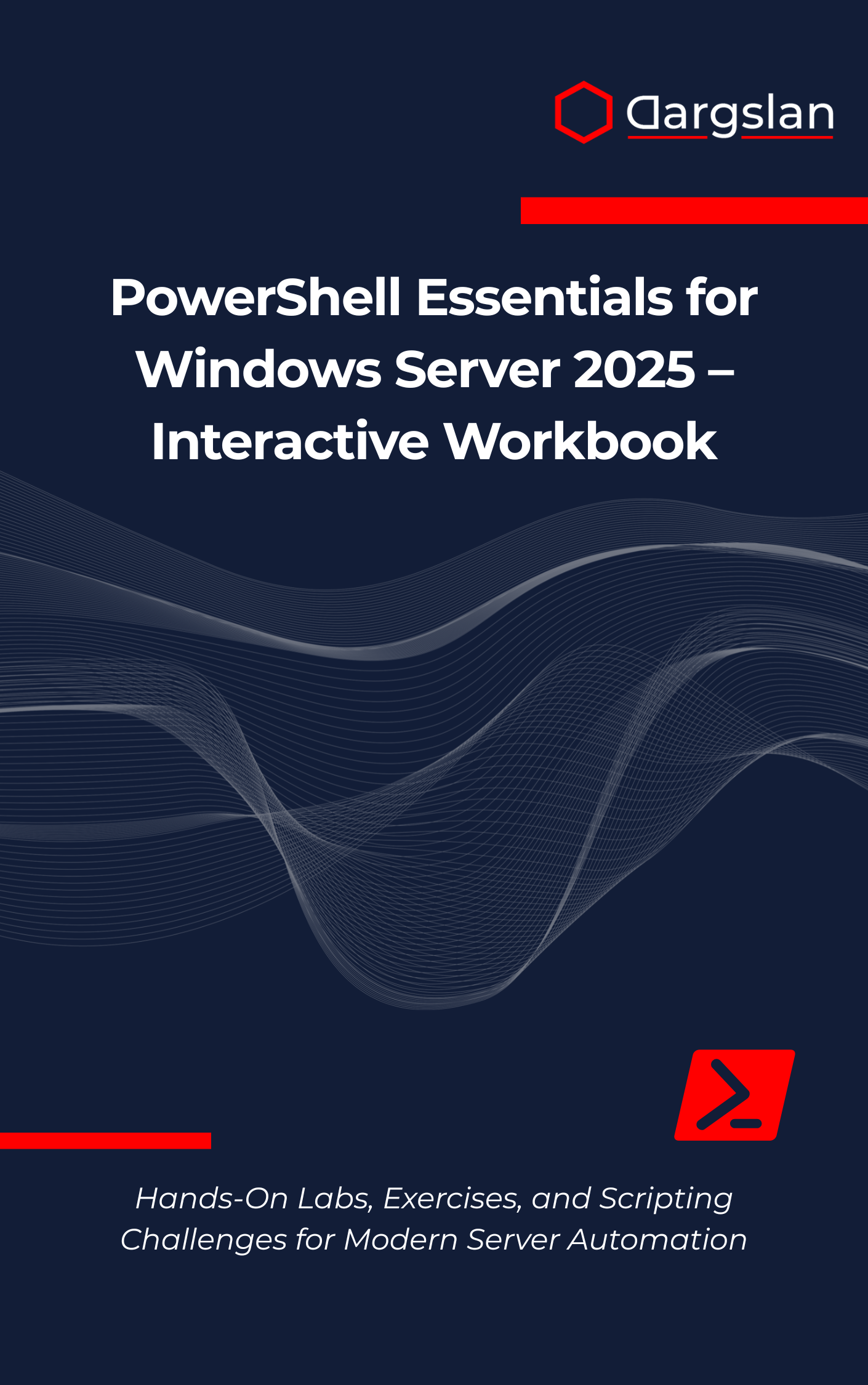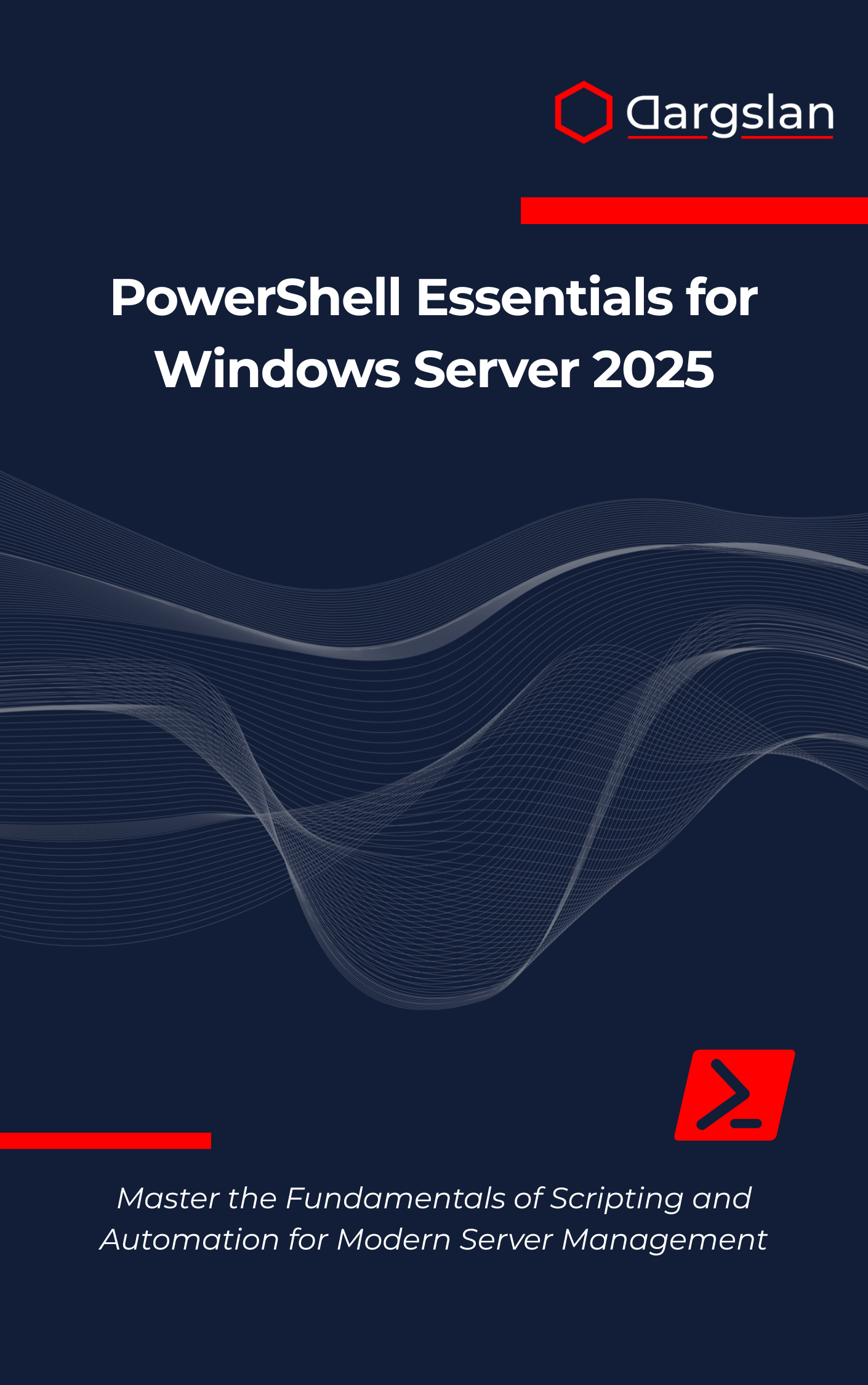Linux System Hardening for Admins
Linux System Hardening for Admins,Secure your Linux servers with advanced hardening and protection techniques for admins.
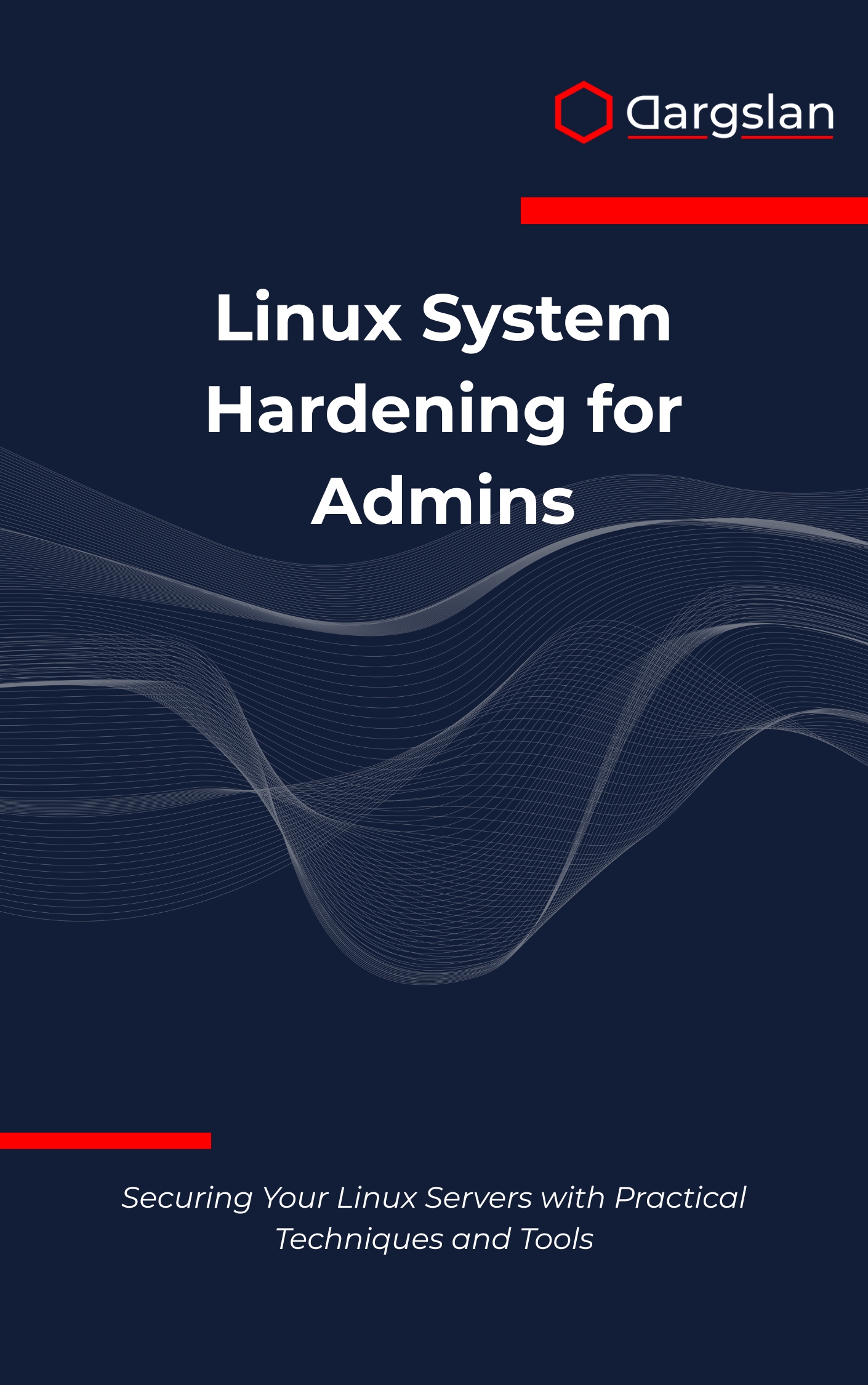
If you run Linux servers, you know that “good enough” security is no longer enough. This practical, expert-crafted guide shows you exactly how to harden systems end to end without sacrificing performance or uptime.
Securing Your Linux Servers with Practical Techniques and Tools
Overview
Linux System Hardening for Admins is an IT book and programming guide that turns complex defense-in-depth concepts into a clear, step-by-step technical book for busy teams working with Linux. It delivers Securing Your Linux Servers with Practical Techniques and Tools across Ubuntu, Debian, RHEL, and CentOS, covering Linux system hardening, user and group security, file system permissions, network security configuration, service hardening, kernel tuning, logging and auditing, mandatory access controls, intrusion detection, remote access security, backup security, maintenance automation, CIS benchmarks, SELinux configuration, and firewall management. With real-world patterns, ready-to-use templates, and production-tested workflows, you’ll implement consistent controls at scale and reduce risk fast.
Who This Book Is For
- Linux system administrators who need a practical roadmap to lock down servers while maintaining reliability and throughput. You’ll learn how to build a hardened baseline, standardize configurations, and verify security posture with automated checks.
- DevOps, SRE, and platform engineers seeking clear guardrails for secure-by-default infrastructure. Map controls to CIS benchmarks, enforce least privilege, and bake hardening into CI/CD pipelines without slowing delivery.
- Security engineers and compliance owners looking to close audit gaps with confidence. Use actionable checklists, SELinux configuration examples, and firewall management playbooks to demonstrate measurable improvements—and keep them durable.
Key Lessons and Takeaways
- Establish a hardened build from the very first boot. Learn secure installation choices, partitioning strategies, full-disk encryption, and package selection to minimize attack surface before services ever go live.
- Implement robust identity controls with user and group security. Enforce least privilege using sudoers, PAM policies, SSH key hygiene, password lifecycles, and account auditing to prevent credential abuse.
- Master file system permissions and ownership that stand up to scrutiny. Apply sticky bits, setuid/setgid considerations, ACLs, and mount options like noexec, nodev, and nosuid to protect critical paths.
- Strengthen network security configuration and service hardening in one sweep. Build deny-by-default policies with nftables or iptables, streamline firewall management via firewalld/ufw, and use systemd service parameters to restrict capabilities and sockets.
- Tune the kernel for resilience and performance. Apply sysctl hardening for IP spoofing defenses, SYN flood protection, and secure memory handling while validating that changes don’t degrade throughput.
- Elevate observability with logging and auditing you can trust. Configure journald and rsyslog, craft auditd rules that capture critical events, and forward logs to a SIEM for correlation, alerting, and incident response.
- Deploy mandatory access controls that actually stick. Use guided SELinux configuration (and AppArmor alternatives) to confine services, write or tweak policies safely, and troubleshoot denials without disabling protection.
- Detect intrusions early with layered monitoring. Integrate file integrity checks, host-based intrusion detection, and anomaly alerts so you see misuse before it becomes an outage or breach.
- Lock down remote access and backups—two common weak links. Harden SSH, enforce MFA where possible, restrict bastions, encrypt backups at rest and in transit, and test restorations on a schedule.
- Automate maintenance and verification. Use maintenance automation to handle patching, configuration drift control, recurring audits against CIS benchmarks, and continuous compliance reporting for stakeholders.
Why You’ll Love This Book
This guide favors clarity over jargon and action over theory. Each chapter includes command-line examples, checklists, and troubleshooting tips so you can move from reading to doing in minutes. You’ll find production-ready templates, from firewall and sysctl baselines to SELinux policies, all designed to speed rollout and reduce risk.
How to Get the Most Out of It
- Follow a baseline-to-advanced progression. Start with secure installation and access control, then layer in network defenses, kernel tuning, logging and auditing, and finally mandatory access controls and automation. Build a lab with both Ubuntu and RHEL-family hosts to compare approaches.
- Apply concepts to a real service immediately. Pick one production workload (e.g., an NGINX reverse proxy or PostgreSQL node), implement the relevant hardening steps, and measure impact. Validate with tools like Lynis or CIS-CAT and document before/after results.
- Reinforce learning with mini-projects. Create an nftables or ufw policy from the provided templates, craft auditd rules for privileged operations, and deploy an SELinux policy tweak for a custom service. Schedule recurring checks using systemd timers or cron to keep safeguards fresh.
Get Your Copy
Reduce your attack surface, pass audits with ease, and make security a repeatable part of your Linux operations. Implement proven controls today and sleep better tonight.

